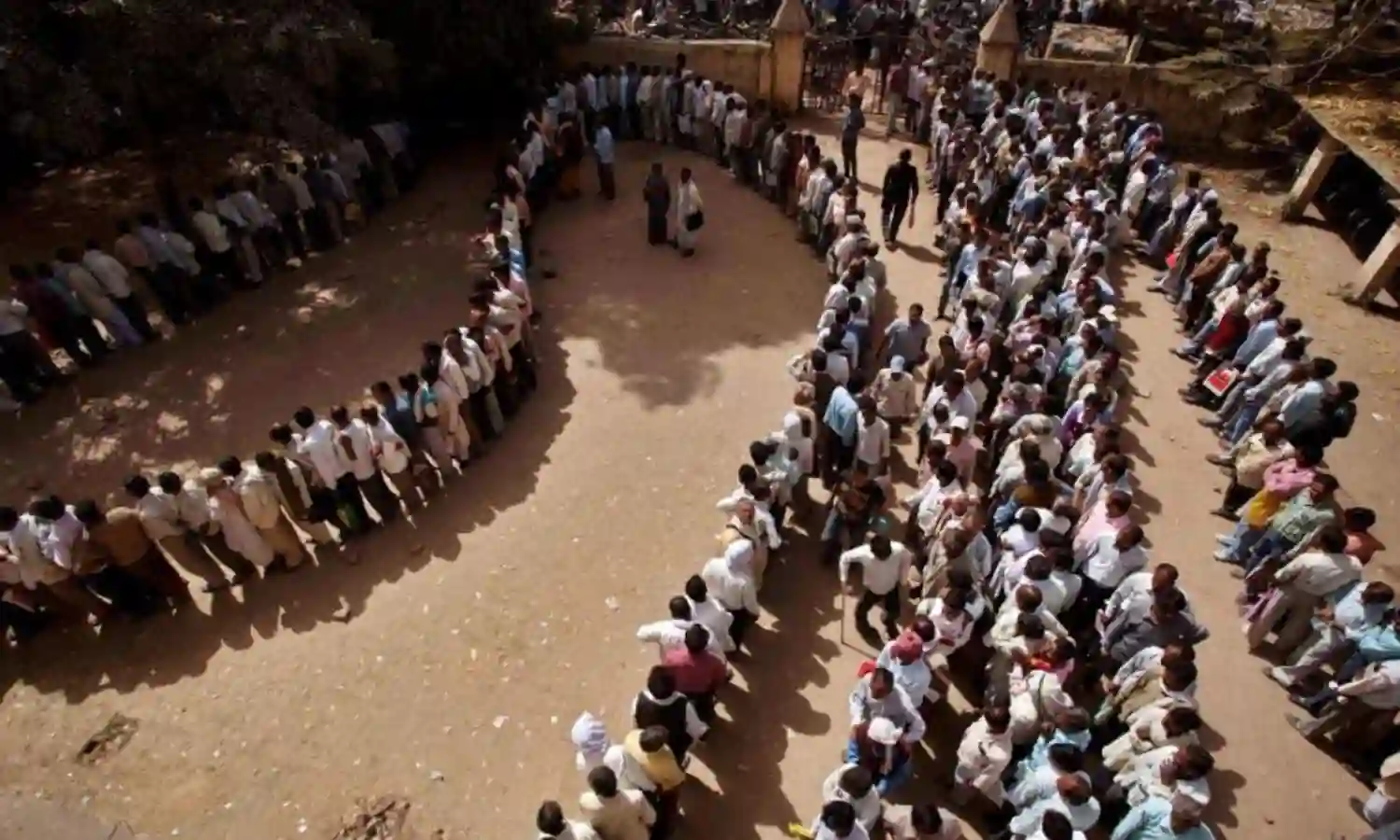Alarming Increase In Student Suicides: Is The Job Crisis The Culprit?
Huge responsibility on the current government to make up for lost time

NEW DELHI: In the past three years, since 2014, over 26,000 students killed themselves in the country, according to the latest data sent to the Ministry of Home Affairs by all Indian states and union territories. The number for the year 2016 stood at 9,474- that is one student suicide every 55 minutes.
Recently, the country has seen an alarming increase in student suicides, especially in the IITs. On April 18, Bheem Singh, a PhD student from IIT Kanpur, hung himself from a ceiling fan in his hostel room.
One of the main reasons, cited by most mental health professionals, is the increasing academic pressure on the students to excel in whatever they do. It is no surprise that engineering has always been the go-to field for most students. Students are put into coaching institutes to make them start preparing for the entrance examinations from classes as early as 8th and 9th grade.
Kota in Rajasthan is a hub for such institutes. According to a report by Times of India, roughly 1.6 lakh teenagers from all over the country come to Kota to start preparing for the entrance exams.
“I had joined one of the so called best coaching institutes of India in class 9 as I wanted to pursue Engineering. I thought that joining a coaching institute early would help me to qualify JEE Mains. I visited these classes 4 days a week. But one of the problems which I encountered in these coaching classes that they would not slow down for a particular child. You have to catch up. Sometimes if the classes are scheduled consecutively then they would teach us 4 hours of chemistry for 3 days continuously. And we couldn’t just give time on one subject because of the pressure by other teachers or school exams etc. I saw my friends leave these coaching classes because they weren’t able to keep up.”, says Ayush Sinha, an engineering aspirant.
This is the story of many students all over the country. India, as of 2017, has a total of 3,289 undergraduate engineering colleges and 2,234 postgraduate engineering colleges throughout the country. Every year, eight lakh engineers graduate from technical institutions, out of which, more than 60% remain unemployed, according to the All India Council for Technical Education (AICTE).
With the increasing pressure on students to take up engineering and the increasing rate of student suicides in the IITs, the big question here is why is there a dearth of jobs for the students who graduate as engineers in this country?
The following table shows the monthly fluctuation of unemployment rate in India, as published by Times of India.
According to the data from Centre for Monitoring Indian Economy (CMIE), the unemployment rate in India has doubled between July 2017 and April 2018, whereas the number of jobs in the country in the last financial year 2017-18 also fell to 406 million from 406.7 million in the previous year.
This in stark contrast to the promise made by PM Narendra Modi of providing one crore jobs if BJP came to power. It is clear that job creation has been slow under the Modi government, with the International Labour Organization (ILO) predicting that the number of jobless people in India will increase to 18.6 million in 2018 and 18.9 million in 2019, compared to 18.3 million in 2017. Fresh reports by the Labour Bureau echoes the same, stating that there were no new jobs created but the country, in fact, saw a decline of 20,000 jobs across eight labour intensive sectors in the December quarter of 2015.
Even the Economic Survey released on January 29 earlier this year realized the pressurizing need to create more jobs. Not only did it advocate labour reforms but focused on building an environment that would boost job creation.
This is a huge responsibility on the current government to make up for lost time. With the upcoming elections in 2019, Modi has a lot more to do than just find a quick-fix way to solve the job crisis situation in the country. And the government is running out of time.



